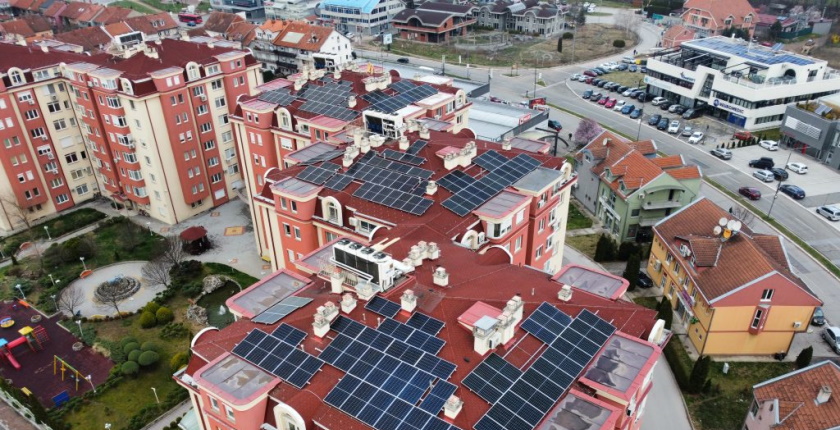
Photo: CORE
A homeowner community in three apartment buildings in Niš has installed rooftop photovoltaic panels. The facility in Serbia’s third-largest city is generating enough power to cover the consumption in joint installations like staircase lighting. The example shows that, after individual households, the prosumer model and the production of green energy for own consumption is starting to be applied in multiapartment buildings as well in the country.
The homeowner association in Niš is formally the second in Serbia to get the prosumer status (the legal definition is buyer-producer). But the first facility, on the roof of a multidwelling building in the city of Pančevo, was actually set up by just one homeowner. In contrast, the new solar power plant, on three buildings, is a joint investment of 134 homes with about 400 people and it is generating electricity that everyone uses.
A homeowner community in an average building can return its investment in solar power panels for consumption in joint installations in nine to 11 years
Solar panels of 74.5 kW in total and three 22 kW chargers for electric vehicles with four slots each in the Magdon residential complex in Niš in southern Serbia were installed as part of a project that the Sustainable Energy Development Center (Centar za održivi razvoj energetike – CORE) conducted with the homeowner association and Eneca, which had a mentoring role. It is a civic organization for sustainable local development, based in the same city.
Almost half of project costs were covered with grant
The investment was worth almost USD 94,000, of which USD 40,000 was a grant obtained through the project Just Green Transition and Decarbonisation in Serbia, which is funded by the Government of Japan and implemented by the United Nations Development Programme – UNDP Serbia in cooperation with the country’s ministries of mining and energy and environmental protection, CORE said.
Boban Starinac, the head of the local nongovernmental organization, told Balkan Green Energy News that the homeowners would return the investment in four to five years while that without the grant and chargers the period would stretch to as much as seven or eight years. He pointed out that the consumption in joint installations in the three buildings is higher than average and added that the time to return the investment depends on consumption levels.
According to calculations, the installation of solar power panels on an average multiapartment building for the production of electricity for joint installations can pay off in nine to 11 years without any grants or subsidies. Photovoltaic systems last 25 years.
Example for other homeowner associations
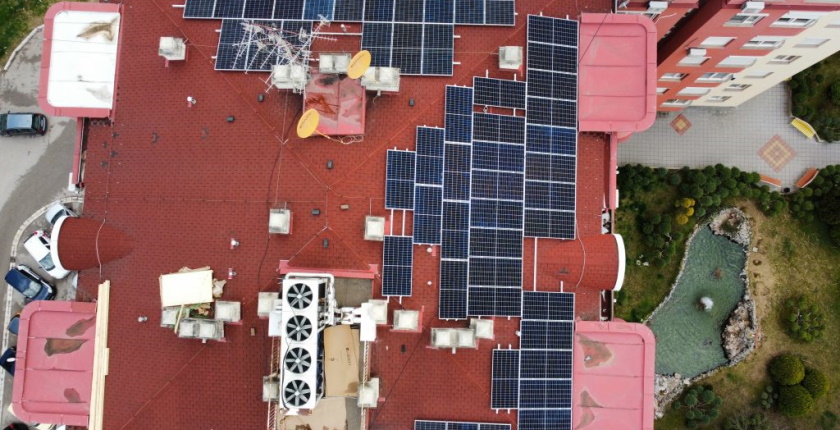
The project is significant as an example for other homeowner communities, CORE said. The chargers were an innovative part of the project, it stressed and noted that the proposed changes to the Law on Planning and Construction stipulate that every new building would have to have electric car chargers installed.
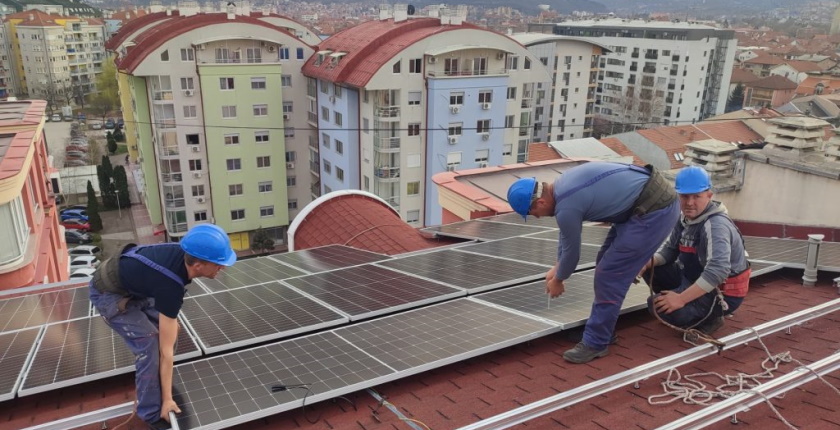
The rooftop solar power plant is designed to generate 73 MWh per year for staircase lighting, elevators and other jointly-used installations. Given that the electricity is consumed where it is produced, the facility will save 11 MWh per year which would otherwise be lost through cable heating, according to CORE. The photovoltaic system should save an estimated 71.4 tons of greenhouse gas emissions, it added.
The project included the training of two maintenance workers and monitoring operators – finding qualified personnel could have otherwise been an issue, because the demand for people with such skills is growing, not only in Serbia and its region, but throughout Europe as well.






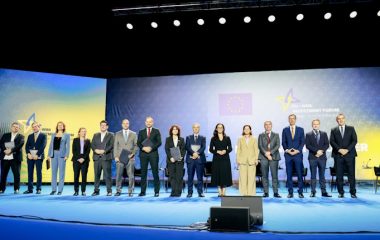
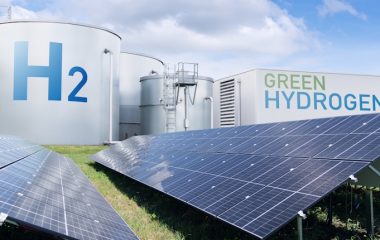
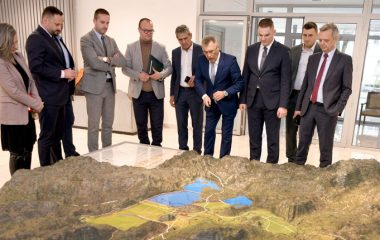
Be the first one to comment on this article.